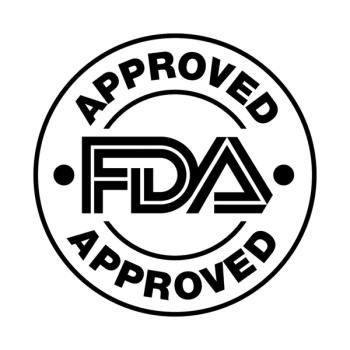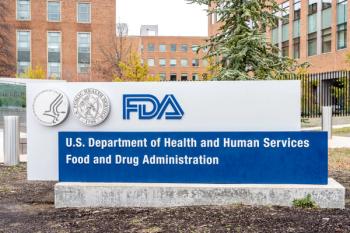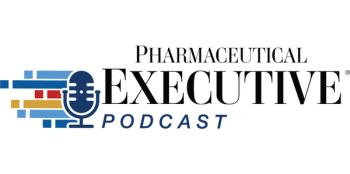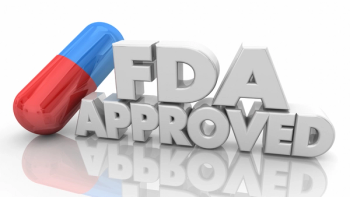
Seniors' prescription drug costs projected to rise
According to a new report by Washington-based Families USA, senior citizens can expect their drug prices to more than double in the next 10 years. The report is based on figures from the Medicare Current Beneficiary Survey, a household survey of about 12,000 elderly and disabled Medicare users.
According to a new report by Washington-based Families USA, senior citizens can expect their drug prices to more than double in the next 10 years. The report is based on figures from the Medicare Current Beneficiary Survey, a household survey of about 12,000 elderly and disabled Medicare users.
"By every measure, seniors' drug spending is skyrocketing and will continue unabated in the next decade," said Ron Pollack, executive director of Families USA. "With each passing year, the number of drugs provided for seniors is growing quickly, the prices per prescription are rising ever more rapidly, and drug costs are consuming ever-larger portions of seniors' healthcare spending."
Some of the key findings of the report:
•Â Annual spending on prescription drugs per elderly American will grow from $559 in 1992 to an estimated $1,205 in 2000.
•Â The average number of prescriptions per elderly person will grow from 19.6 in 1992 to 28.5 in 2000 and 38.5 in 2010.
•Â The total number of prescriptions for seniors will grow from 648 million in 1992 to more than 1 billion in 2000, and that number is projected to increase to 1.6 billion by 2010.
•Â The average cost per prescription for the elderly will grow from $28.50 in 1992 to $42.30 in 2000. By 2010, the projected average cost per prescription will be $72.94.
•Â Total prescription drug spending for seniors will grow from $18.5 billion in 1992 to $42.9 billion in 2000, an increase of 132%. By 2010, that spending is projected to reach $113.6 billion.
•Â The portion of healthcare spending for seniors devoted to prescription drugs will grow from 7.4% in 1992 to 10% in 2000 and a projected 13.3% in 2010.
No insurance
As drug costs increase, private insurance coverage is not expected to alleviate the problem. The report notes that nearly half of all Medicare beneficiaries - 18.4 million people - do not have year-round prescription drug insurance coverage.
The new report was released in the midst of the growing debate over how to guarantee access to prescription drugs. The Clinton administration has proposed a Medicare prescription drug benefit, while the Republican Congressional leadership supports legislation subsidizing private insurance companies to provide drug coverage. PR
Newsletter
Lead with insight with the Pharmaceutical Executive newsletter, featuring strategic analysis, leadership trends, and market intelligence for biopharma decision-makers.





